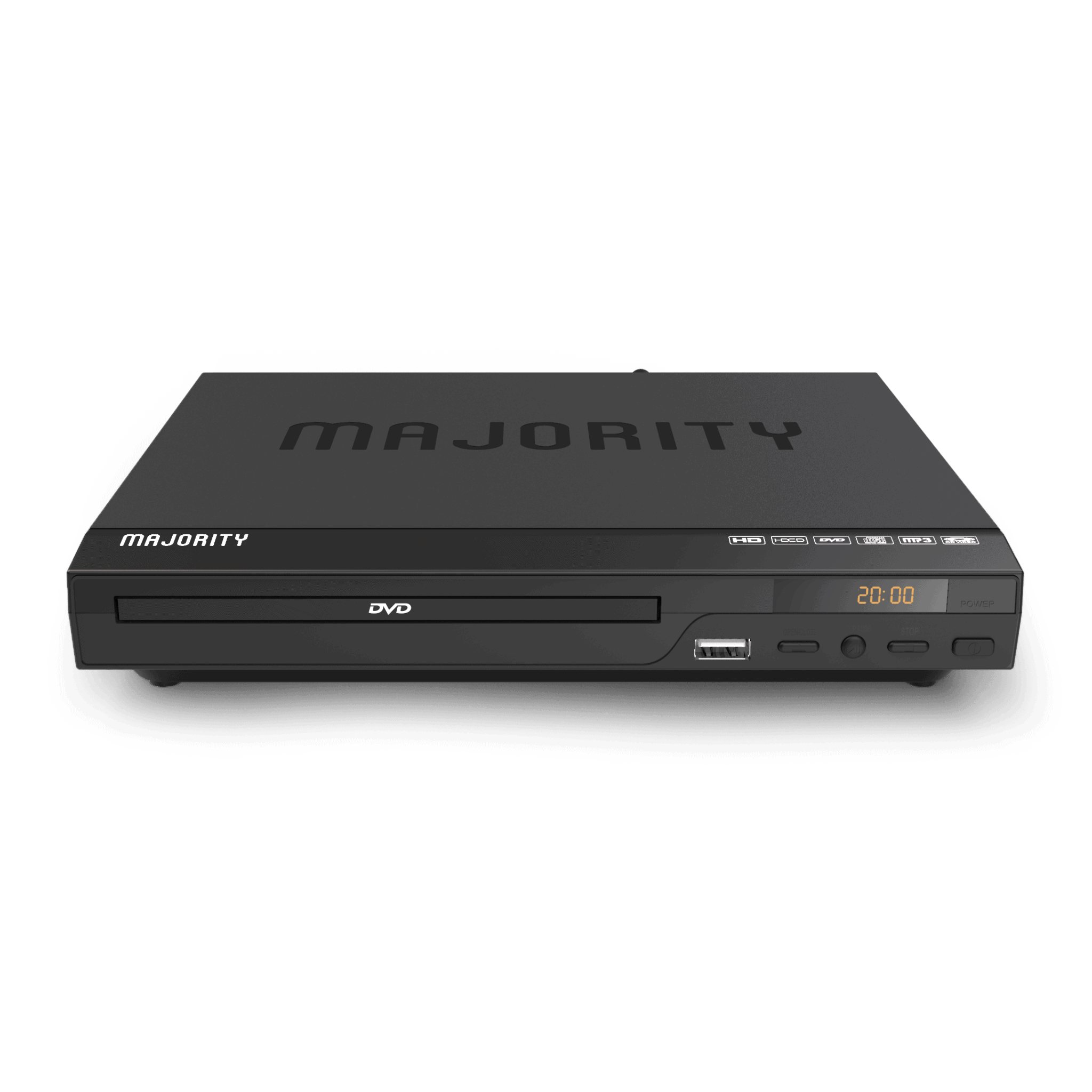

There are many variables to be taken into consideration when ascertaining picture quality between two differently encoded discs, such as the source master used, the quality of the encode itself, and so on. Although PAL has more resolution, neither is inherently superior. PAL DVDs have a resolution of 720 × 576 pixels, while NTSC DVDs are 720 x 480 pixels.
#All region dvd players in uk Pc#
Regardless, if playing via PC disc drive, varispeed options are standard with most playback software, so can easily be set to 96% speed, although then corrected audio must also be readjusted to its original pitch or it will sound as if it’s playing 8% too slowly. Some people are quite sensitive to PAL speed-up, while most can’t detect it at all. Along with the PAL speed-up comes a commensurate increase in audio pitch, but it’s usually corrected during the mastering process. This means that in the case of two DVDs containing exactly the same 100-minute film, an NTSC-encoded disc will have the same timing, while a PAL disc will have a runtime of 96 minutes.
#All region dvd players in uk Ps4#
Note: NTSC DVDs can be played in PAL countries but PAL DVDs are seldom playable in NTSC countries. For NTSC territories, as a rule of thumb if your player is 50Hz compliant (most major non-Sony brands except for their PS4 and 4K/UHD players) and your TV is 50Hz compatible or your player converts it and outputs a 60Hz signal, PAL content will play fine.Īlso bear in mind that for technical reasons, video encoded in the PAL format plays back at 4% faster than film speed: basically 25 frames per second vs the 24fps of both sound film and NTSC video. The PAL format is used in Europe, Australia and practically the rest of the world. Chief NTSC territories are the US, Canada, countries along the western coast of South America, and parts of the Far East, including Japan. The vast majority of DVDs worldwide are encoded in either the NTSC or PAL analogue TV system. Much more detailed info can be found via the many links or a quick search. Note that in this article I’ve bypassed a lot of techno-babble in order to get the basic points across as simply as possible.




 0 kommentar(er)
0 kommentar(er)
